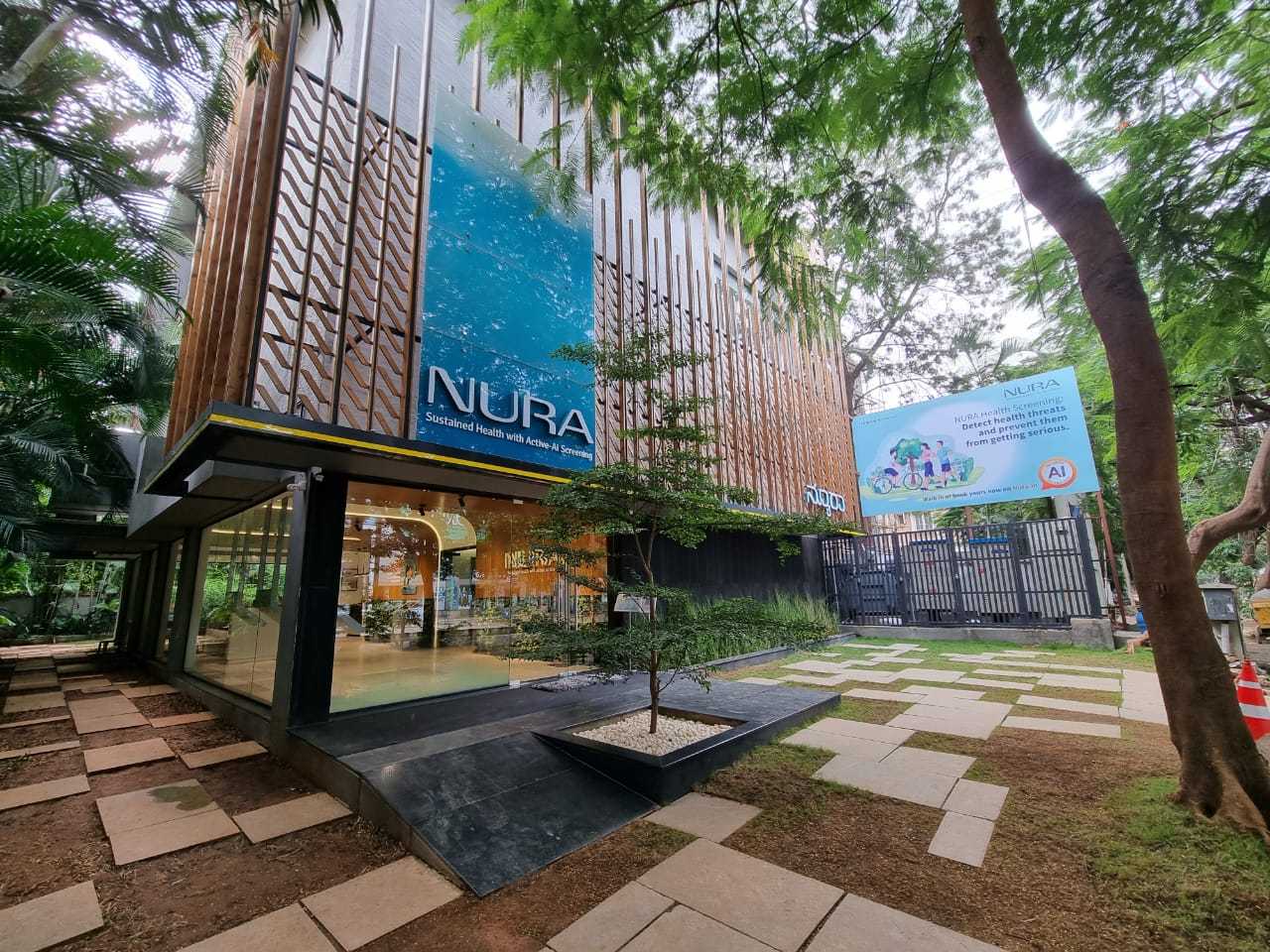How The Covid-19 Pandemic Changed Patient-Doctor Relationship Forever
Since last year the world has been ravaged by the COVID-19 pandemic. India has also been affected with huge numbers of significant morbidity and mortality. With the pandemic came the lockdowns that changed the paradigm of doctor visits. The masking and physical distancing meant that the doctor-patient relationship was about to change
In hospitals, the PPE (personal protective equipment ) was being a barrier to a successful doctor-patient relationship. Patients, especially the elderly, felt apprehensive communicating with doctors covered in PPE and this worsened their anxiety in the hospital.
The mask and PPE covered the human face of the doctor. This created a sense of disconnect between the doctor and the patient. Covering the face with the mask prevented the doctors from expressing any facial cues including empathy, compassion, kindness – all of which could be very effectively communicated by facial expressions. Moreover, individuals who have hearing and speech disabilities and need the help of lip reading for communicating with their doctor were the worst hit. The mask and headgear prevented these patients from reading the lips of their doctors. These greatly impaired the doctor-patient visit.
The mask, PPE and physical distancing impaired effective communication with their doctors. It would be natural to expect that these communication issues would worsen with increasing age as older individuals are more likely to have vision and hearing difficulties. However, it was observed that the communication problems were reported more among the younger individuals and it reduced with increasing age. The elderly experienced a sense of gratitude for having received any kind of medical attention despite the lockdown and this made them ignore the difficulties in communication. There were high levels of trust in the doctors, despite poor accessibility and difficulty in doctor-patient communication.
The three ways the doctor-patient relationship can be modified & restored during the pandemic
- Firstly, visual communication matters. Hence when one talks to the doctor in person or on a screen, creating visuals to the story through demonstration can help.
- Secondly, self-examination is important through which one can have a better understanding of your problems.
- Thirdly, virtual appointments have advantages, especially connecting with them in the comfort of one’s home. One should not avoid them.
The COVID-19 crisis could serve as a tipping point for remote consultation. The practice of telemedicine is said to have a positive effect on the access and utilization of health care, without escalating the risk of infection. Telemedicine services could be delivered through audio calls (telephonic) or through Internet-enabled video consultations. Although video consultation seems to be the preferable method as it provides visual cues, important for therapeutic communications, it is limited by access to good-quality Internet connection and comfort level of the patient. Consultations through telephone, on the other hand, would be widely available, accessible, affordable and acceptable for patients. It made doctors more accessible to bedridden patients and overcame the distance factor.
The pandemic has only helped in reinventing the dynamics of the patient-doctor relationship..
Comments
You may like to read:

Health and wellness
Five Lifestyle Changes To Ease Bladder Control

jessica smith
5 mins read

Health and wellness
Five things to keep in mind when considering organ donation

sunayana singh, ceo of organ india, an initiative of the parashar foundation
3 mins read

Health and wellness
How NURA Uses AI-Enabled Screening to make a difference in Preventive Healthcare

Silver Talkies
4 mins read
Post a comment